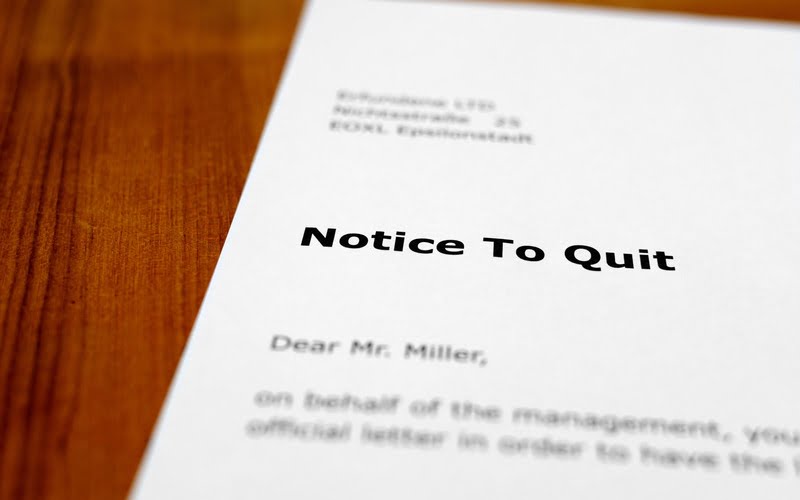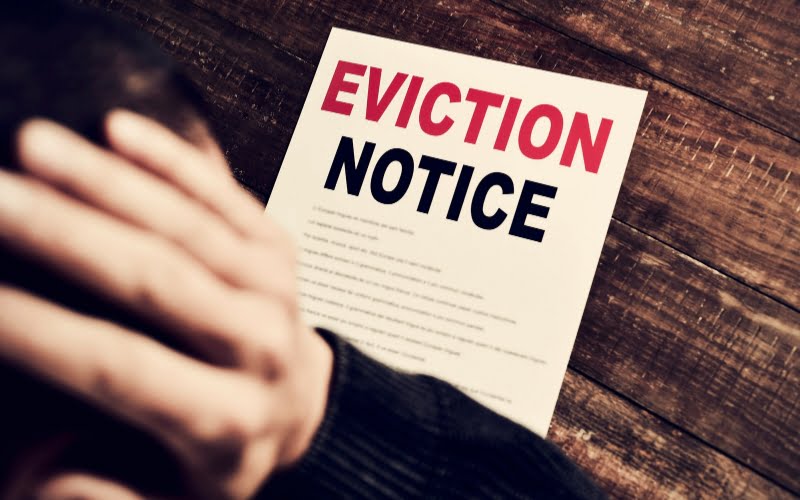Last Updated on March 18, 2024 by Kelvin Nielsen
Landlords in Connecticut can evict tenants for certain legally justified reasons. Including, when the tenant has no lease. This typically occurs when the tenant’s lease has expired and the landlord has no intention of renewing it for another term.
As a landlord, it’s important that you follow the proper eviction process when removing a tenant. You must not try to engage in illegal eviction activities, like locking out the tenant or removing their personal belongings from the unit.
The only way to evict a tenant in Connecticut is through a court order. From start to finish, you can expect the process to take between 4 and 7 weeks. It can also take longer if the tenant tries to fight their eviction.
The following is everything you need to know regarding the eviction process in Connecticut where a tenant has no lease.
Do Tenants With No Lease Have Rights?
Absolutely! Connecticut is one of the most tenant-friendly states in the country. As such, even with no lease, tenants enjoy a number of rights under the statewide landlord-tenant law.
The following are the rights tenants with no lease enjoy in Connecticut.
- A right to live in a livable home.
- A right to be treated without discrimination on the basis of a protected class.
- A right to proper notification before entry.
- A right to a proper eviction process.
In addition to these rights, tenants with no lease in Connecticut also have extra protections under the state’s Fair Rent Law. This law limits how much a landlord can raise the rent in any given year.
As you can see, tenants with no lease in Connecticut have many of the same rights as tenants with a lease. And they exist regardless of what the lease says.
How do you Evict a Tenant in Ct With No Lease?
Evicting a tenant with no lease in Connecticut follows the same summary procedure you must follow when evicting a tenant with a lease. While it can be a relatively quick and easy process, it’s important to follow all the steps carefully.
The following is a basic overview of the process.
- Serve the tenant with an eviction notice. Specifically, you must serve the tenant with a 30-Day Notice to Vacate. This will give the tenant 30 calendar days to vacate the premises. If they don’t, you can proceed to the next step.
- File a complaint in a Superior Court of the appropriate county where the property is located.
- Attend the court hearing. Once the tenant has filed an answer (if they actually do), the eviction hearing will typically be scheduled 7-10 days thereafter.
- Removal of the tenant. If the judgment is in your favor, the court will issue you with a Writ of Execution. At this point, the tenant will have to leave lest they risk a forceful eviction by the sheriff. The tenant may, however, be able to extend their stay if they file a stay of execution successfully.
Can a Landlord Evict a Tenant Without A Court Order in Connecticut?
No, landlords in Connecticut must go through the summary process to evict a tenant from their rental property.
First and foremost, you must first have a just cause, such as the tenant’s failure to pay rent, engaging in illegal activity, lease violation, or failing to leave after their lease has expired.
Next, you must serve the tenant an appropriate eviction notice. To evict a tenant on a month-to-month lease, for instance, you must serve them a 30-Day Notice to Vacate. This is the same notice that you’d serve a tenant with no lease. Other types of eviction notices in Connecticut include 3-Day Notice to Quit for Nonpayment of Rent and the 15-Day Notice to Comply or Vacate for Lease Violations.
If the tenant doesn’t honor the eviction notice, you can move to court and file an eviction lawsuit. The court’s clerk will issue you with a copy of Summons and Complaint. This will need to be served on the tenant by a process server.
The next process will require you and the tenant to attend a court hearing. If the judgment is in your favor, either by default or after a successful hearing, the court will issue you with a Writ of Execution. This will mark the end of the tenant’s claim to continue living on the property.
Can a Landlord Lock Out a Tenant in Connecticut?
Locking out a tenant in Connecticut is a crime! As per Connecticut General Statutes § 53a-214, it’s a crime to “deprive another of the occupation of a dwelling.” This would qualify as a Class C misdemeanor. You can read more here.
Other illegal activities that you cannot engage in when evicting a tenant include:
- Removing the tenant’s belongings from their rental premises.
- Shutting down utilities that were previously available to the tenant.
- Evicting the tenant for retaliatory or discriminatory reasons.
Conclusion
The eviction process in Connecticut when a tenant doesn’t have a lease is pretty straightforward. Just make sure to follow the process down to the letter, lest the tenant finds a legal defense to delay or stop their eviction.
If you have a specific question, please leave a comment below for expert advice.
Disclosure: The content herein isn’t a substitute for advice from a professional attorney. It’s only meant to serve educational purposes. If you have a specific question, kindly seek expert attorney services.
Sources: Connecticut General Statutes Title 47A, https://casetext.com/, Summary Process in CT, Landlord Responsibilities in CT,

Hi, I’m Kelvin Nielsen, an experienced landlord and accomplished real estate lawyer. My focus is on answering your questions about renting in the hopes of making your life as a renter or a landlord a bit easier.







